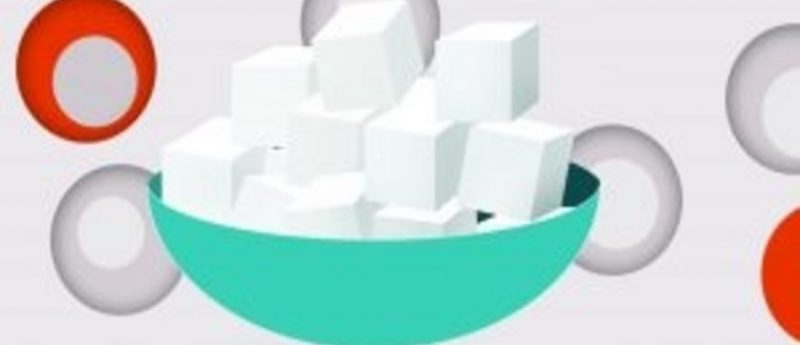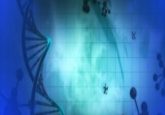Sugar and cancer – novel study reveals the relationship

A collaborative study conducted by researchers at Vlaams Instituut voor Biotechnologie (Flanders, Belgium), The Katholieke Universiteit Leuven (Leuven, Belgium) and Vrije Universiteit Brussel (Brussels, Belgium) have demonstrated how the Warburg effect, a phenomenon in which cancer cells rapidly breaks down sugars, stimulates tumor growth.
The recent study published in Nature Communications, details a 9-year joint research project that led to a breakthrough in cancer research. This discovery provides evidence for a positive correlation between sugar and cancer, which has the potential applications in tailor-made diets for cancer patients.
The main focus of this study was the observation that tumors convert significantly higher amounts of sugar into lactate compared to healthy tissues. Although this prominent feature of cancer has been extensively studied, it remained unclear whether the effect is a symptom or a cause of cancer.
Corresponding author, Johan Thevelein (VIB-KU Leuven, Belguim) commented: “Our research reveals how the hyperactive sugar consumption of cancerous cells leads to a vicious cycle of continued stimulation of cancer development and growth. Thus, it is able to explain the correlation between the strength of the Warburg effect and tumor aggressiveness. This link between sugar and cancer has sweeping consequences. Our results provide a foundation for future research in this domain, which can now be performed with a much more precise and relevant focus.”
Yeast is used as a model organism because these cells contain the same ‘Ras’ proteins commonly found in tumor cells. The team used yeast cells to examine the connection between Ras activity and the highly active sugar metabolism.
“We observed in yeast that sugar degradation is linked via the intermediate fructose 1,6-biophosphate to the activation of Ras proteins which stimulate the multiplication of both yeast and cancer cells. It is striking that this mechanism has been conserved throughout the long evolution of yeast cell to human.” , Thevelein continued.
“The main advantage of using yeast was that our research was not affected by the additional regulatory mechanisms of mammalian cells, which conceal crucial underlying processes. We were thus able to target this process in yeast cells and confirm its presence in mammalian cells. However, the findings are not sufficient to identify the primary cause of the Warburg effect. Further research is needed to find out whether this primary cause is also conserved in yeast cells.”
Sources: Peeters K, Leemputte FV, Fischer B et al. Fructose-1,6-bisphosphate couples glycolytic flux to activation of Ras. Nat. Commun. 8(1), 922 (2017); VIB press release


